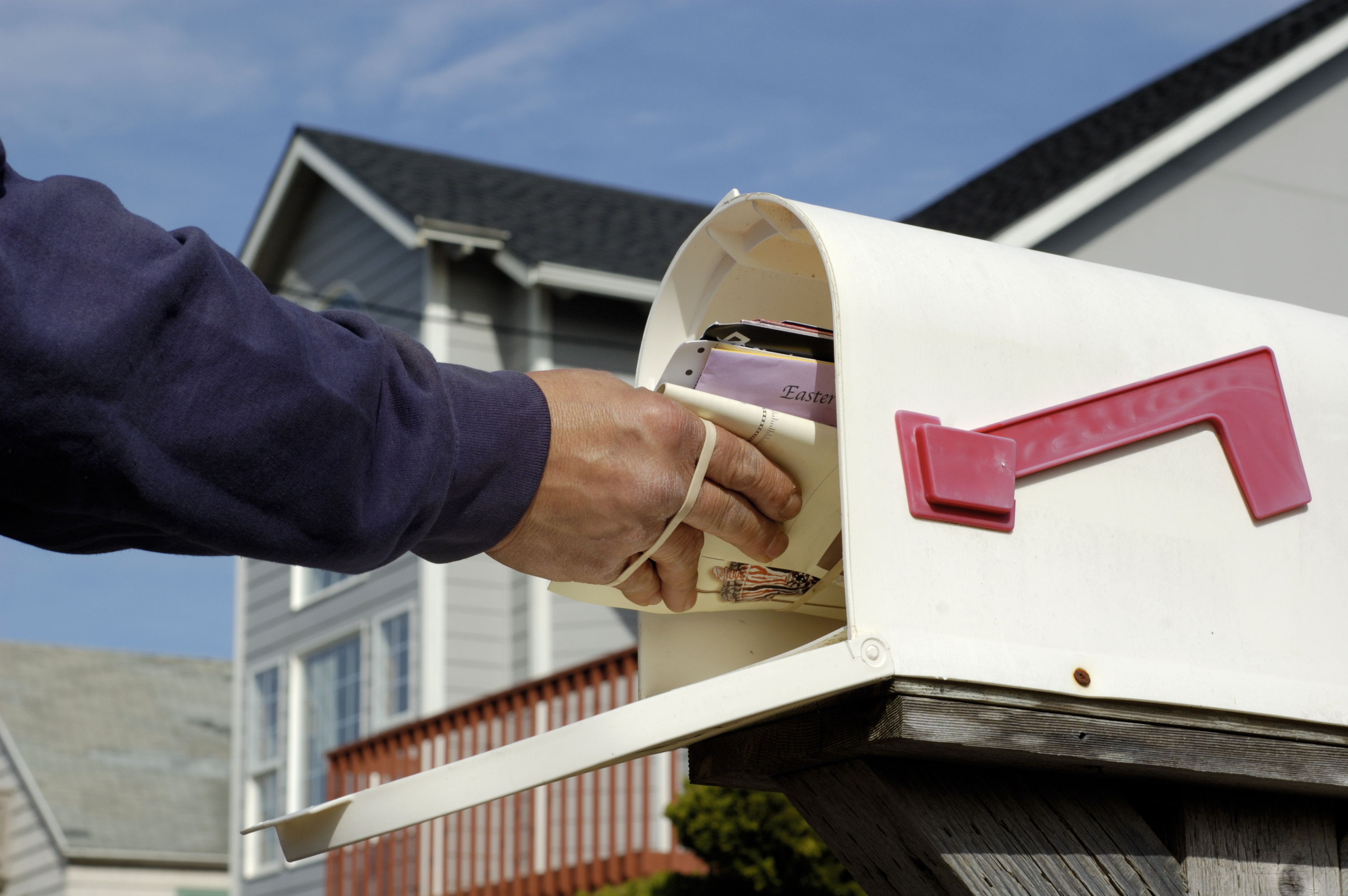The primary justification for destroying the Snake River dams is their impact on salmon and steelhead. The data, however, tell a different story. As a result, advocates of dam destruction manipulate the data, and a recent e-mail to me is emblematic of how they do this.
One of the loudest voices arguing to destroy the dams is Scott Levy, who e-mails me (and many others) from time to time to argue the dams are killing all the fish. He often finishes his e-mails with rhetorical flourishes like, “You and your Washington Policy Center are the last men standing in opposition to the facts. The credibility of Washington Policy Center should now be greatly questioned.”
The e-mail is an instructive example of the selective and misleading data used to make his argument. Below, I’ve shared his e-mail to me and my response.
The attack on the Snake River dams will intensify this year, and this is a good example of the rhetoric that will be used to justify wasting billions that could go to help salmon where it is most needed.
Mr. Myers,
The trend of Idaho’s salmon and steelhead is clearly downward. The articles that I referenced earlier, discuss a many year trend.
Low Steelhead Numbers Prompt Review by Eric Barker, Lewiston Tribune 11/5/19
The steep decline of threatened Snake River steelhead over the past five years
The Grim Outlook for Columbia Basin Salmon and Steelhead by Yancy Lind, Bend Bulletin 9/18/19Adult returns this year are well under last year's disastrous numbers over the same period and a small fraction of the 10 year average, which is also far lower than the average since counts began in 1938. Fall chinook returns are similarly depressed.
Poor Chinook Run Continues to Baffle Fishery Biologists by Lynda Mapes, Seattle Times 5/31/19
"We were expecting spring Chinook to start to turn, and we were surprised they didn't turn this year, and really surprised it's not better for next year. They should have entered a more benign environment," Tweit said.
Additionally, a striking blow to your argument of “one year does not equal a trend" is that NOAA Fisheries recently announced that Idaho’s Steelhead have tripped their Early Warning Indicator (see “Low Steelhead Numbers Prompt Review above). This is based on five-year and four-year metrics.
You and your Washington Policy Center are the last men standing in opposition to the facts. The credibility of Washington Policy Center should now be greatly questioned.
Sincerely,
Scott Levy
Scott,
I have explained this to you before, but I will do so again for the benefit of those cc’d.
Your monomania for the Snake River and myopic use of data is leading you to make unsound arguments.
First, I encourage everyone to read the article Scott linked from Lynda Mapes earlier this year. She quotes the Washington Department of Fish and Wildlife saying, “’Chinook in general have been in the doldrums from the Sacramento to the Yukon, and it is going on for a decade,’ said Bill Tweit, a special assistant in the fish program for WDFW.” While Scott focuses only on the Snake and blames the dams, his own citation notes this is a regional trend due in large part to ocean conditions from the warm “blob” off the coast. Focusing on the wrong solution (destroying the dams) is not just myopic, it is irresponsible because it distracts from the real problems and real solutions.
Second, the data support my argument that this is a region-wide problem unrelated to the dams. Below are the steelhead runs (since Scott singled those out for alarm) from 1998-2019 for six regional rivers. One is in the Snake. Two are in the Columbia (both before the Columbia dams), and three are in Puget Sound. Note that in every case, steelhead trends are downward in recent years.
If you can explain to me how the Snake River dams are causing declines in steelhead returns downstream in the Columbia and in rivers across Puget Sound, I am all ears.
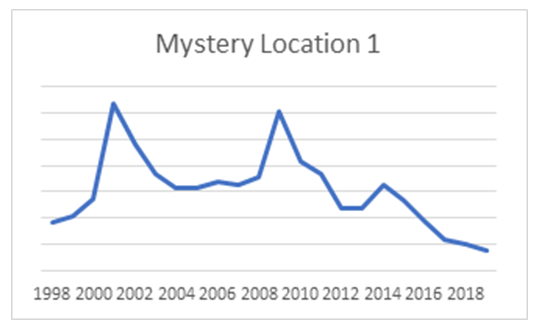 | 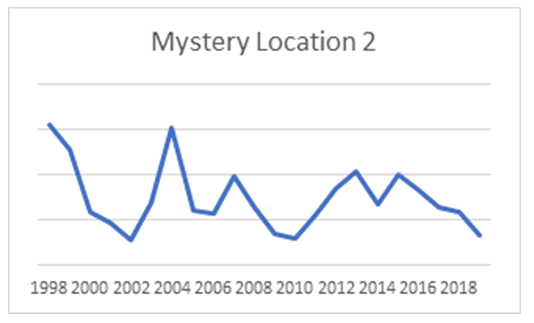 |
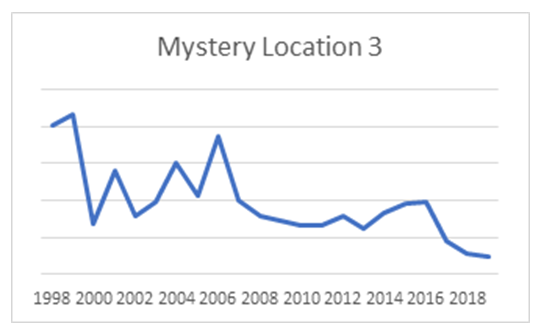 | 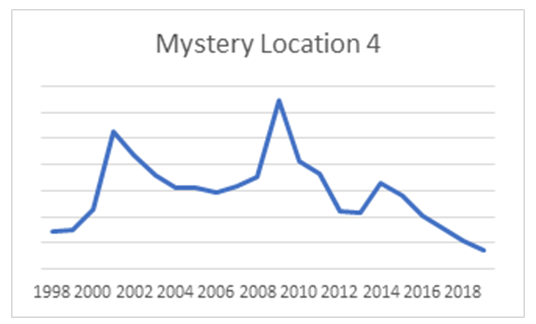 |
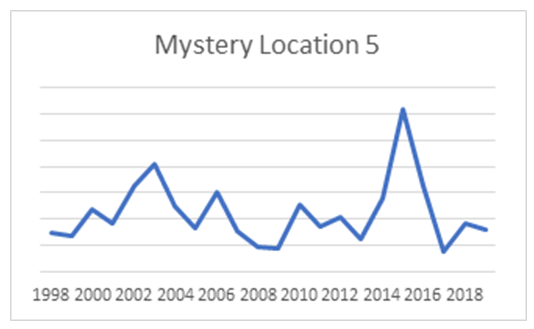 | 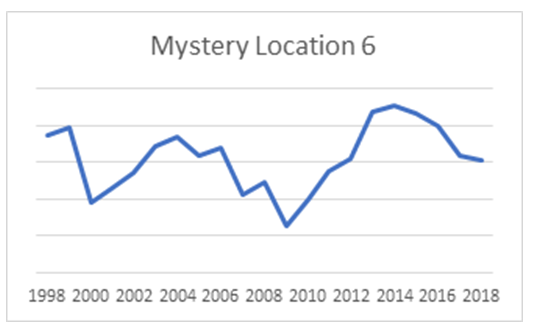 |
The Puget Sound Partnership’s recent report show that Chinook returns in the Puget Sound are not increasing and will not meet the 2020 targets. We have a problem across the region and if we are serious about helping Chinook, steelhead, orca and other species, we will take a wider view and put our focus and resources where it is most needed. I know that is not your interest. But, it is mine and those who care about recovery for salmon and orca.
Todd Myers
Environmental Director | Washington Policy Center

